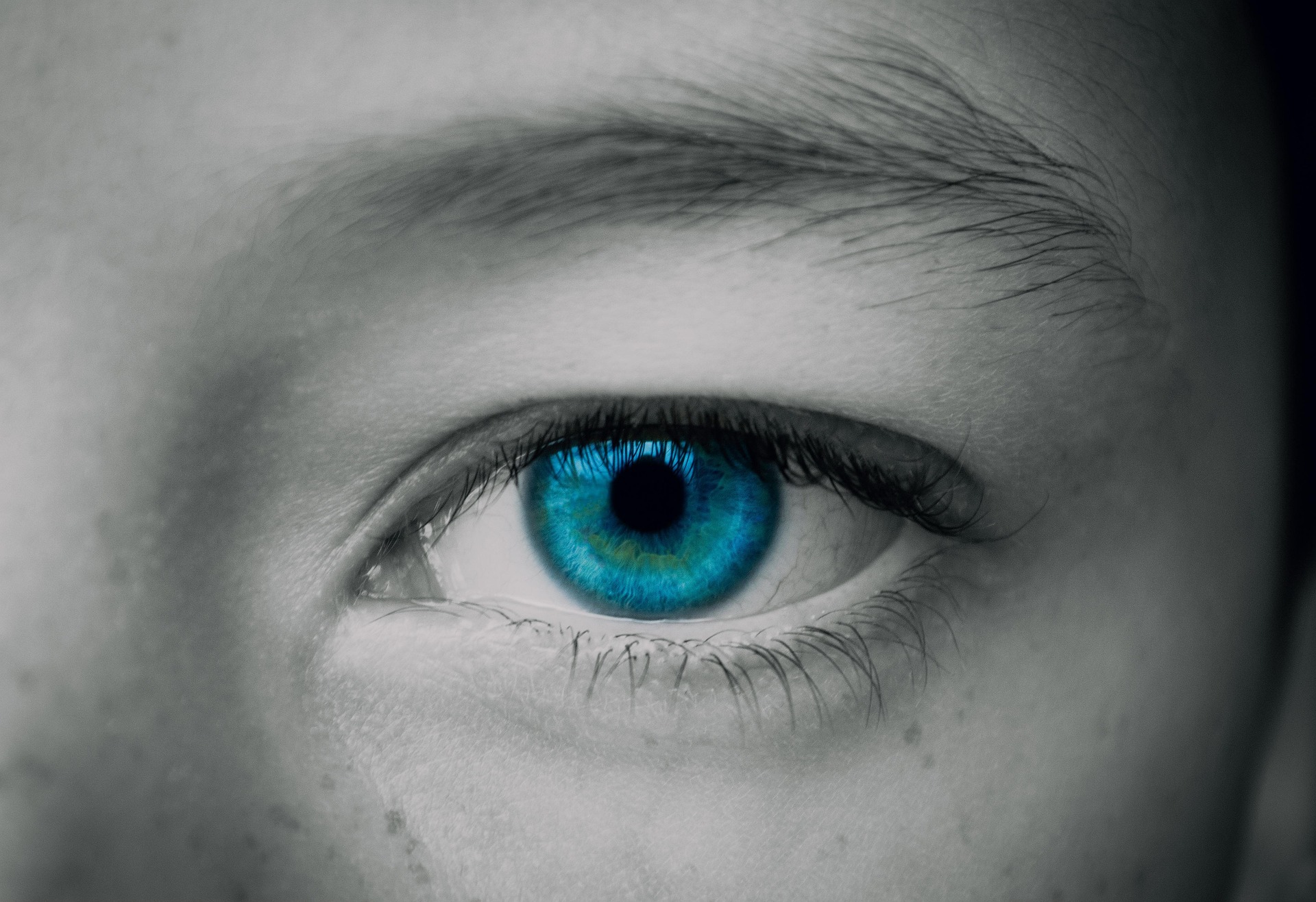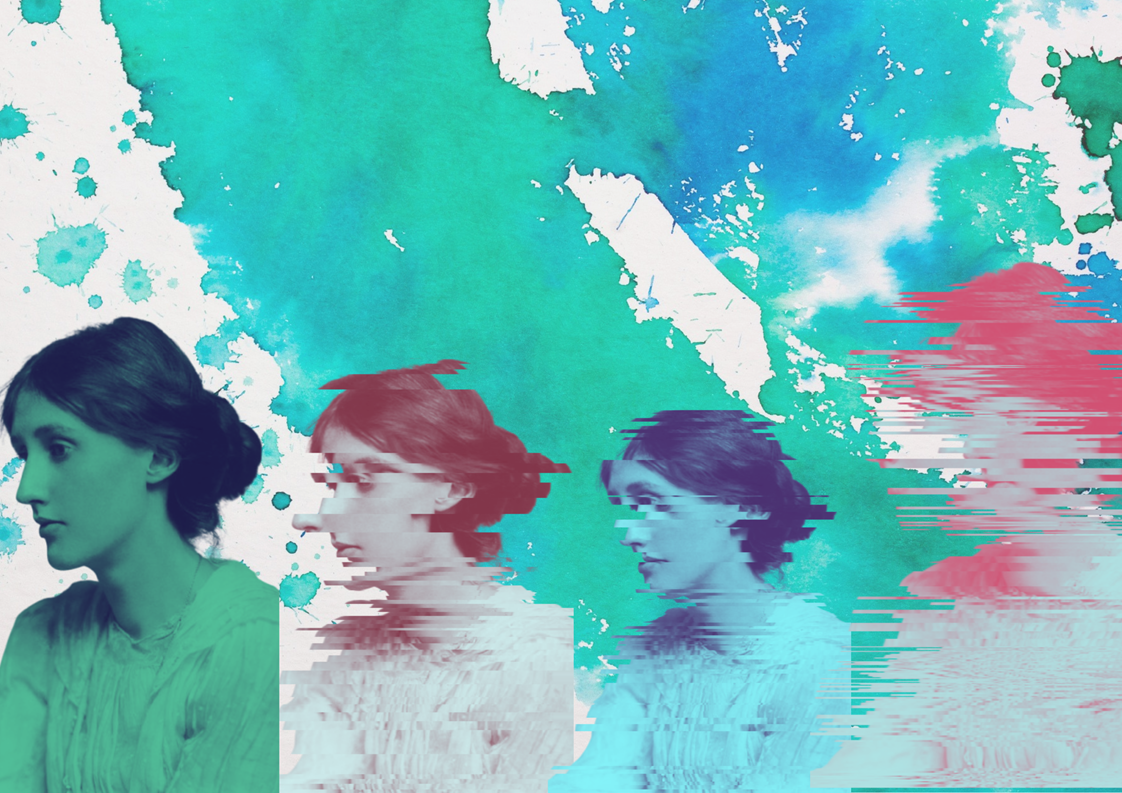Toni Morrison’s The Bluest Eye is not simply a novel about a young Black girl’s tragic wish to possess blue eyes; it is a damning anatomy of how ideology particularly that of race and aesthetic value seeps into the most intimate corners of our lives. This is not beauty as ornament or pleasure, but as punishment, a weapon wielded by the dominant class, repackaged in Hollywood reels and Shirley Temple smiles.
In Morrison’s world, ideology is not merely a matter of abstract structures but is lived, breathed, and suffered, written across the flesh, carved into the psyche.
Little Pecola Breedlove is not merely a character; she is the embodiment of what happens when the ruling myths of whiteness and feminine virtue are internalized by the dispossessed. The novel shows us how oppression, when sufficiently persistent and pervasive, doesn’t need chains or masters; it colonizes desire itself.
This, Morrison understands with devastating clarity. Her prose is lyrical, yes, but what interests her is not lyricism for its own sake , it is the rupture between voice and silence, the social machinery that decides who gets to speak, who gets to be seen, and who gets to disappear. Even narrative itself becomes complicit: the fractured structure of the novel mirrors a fractured world, where childhood is not innocence but the first site of ideological indoctrination.
The Bluest Eye is not content with merely “giving voice” to the marginalized, it interrogates the very terms on which voice, identity, and beauty are granted. Morrison does not sentimentalize her characters; she historicizes them. And in doing so, she reveals how systemic violence is not always spectacular. It is more often banal, familial, and heartbreakingly quiet.
In sum, Morrison’s first novel is not just a critique of American racism; it is a critique of the cultural apparatus that makes that racism appear normal, even beautiful. The Bluest Eye is literature as both scalpel and mirror, and neither is easy to look into for long.



